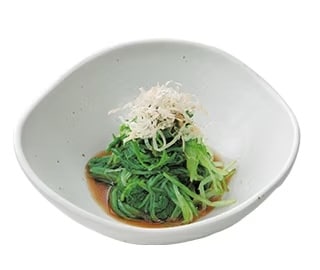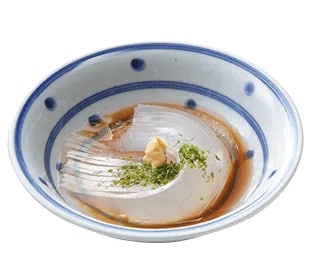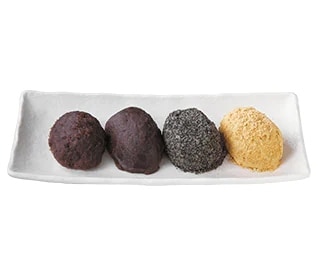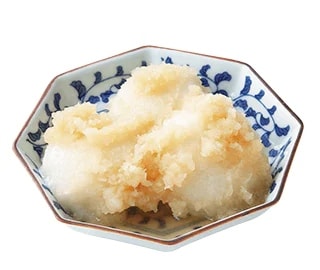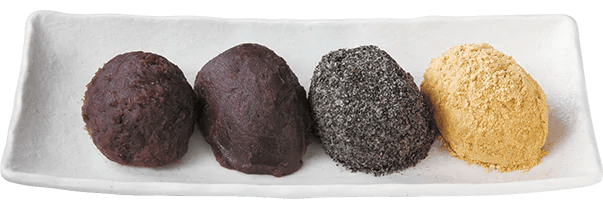
tsubuan, koshian, sugared ground sesame and sugared roasted soy flour.
During the days of the autumnal and the spring equinox, Japanese hold memorials and pay their respects to their ancestors, a Buddhist observance known as Ohigan. Ohagi and botamochi are traditional sweets served at these times; ohagi is served exclusively during the autumn, and botamochi in the spring. Both are similar sweets which are named in reference to seasonal flowers—the hagi, or Japanese bush clover, which appears in fall, and the botan, or peony, which blooms in spring.
Ohagi and botamochi consist of steamed glutinous rice that has been pounded until only half the grains remain, then hand-formed into round balls before being coated in thick, sweet azuki red bean paste. Various types of azuki paste may be used, including chunky sweet tsubuan, as well as strained koshian paste; other coatings include kinako, sugared roasted soy flour, and sugared ground sesame.
Because Ohigan is based on the lunar calendar, the dates shift slightly each year. Each seven-day observance comprises the three days before and after the official holidays of both Autumnal Equinox Day, which falls on September 23 this year, and Vernal Equinox Day, which falls on March 21 of next year.
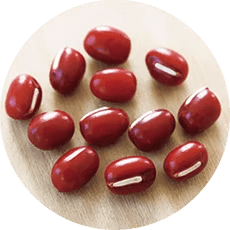
Offerings of ohagi and botamochi were intended to console ancestral spirits; traditionally it was believed that the red color of the azuki beans purified and averted misfortune. In the spring, botamochi are considered a form of prayer for fertility; in fall, ohagi represent gratitude for the blessings of the harvest. These sweets have been prepared in households for centuries; today they continue to be made at home, but are also available at traditional Japanese confectionery (wagashi) stores.

